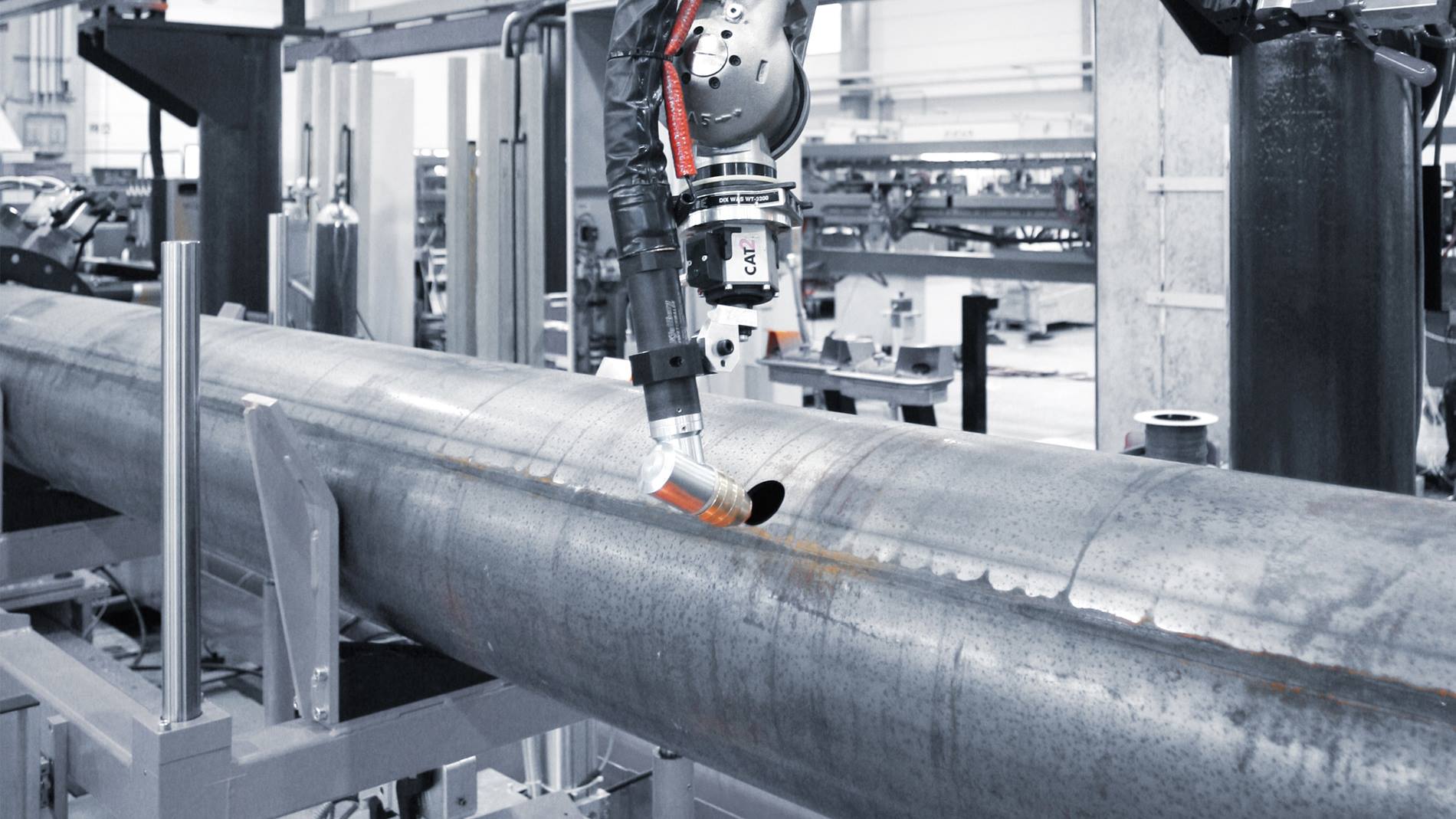KUKA’s established UK/IE cluster has undergone a recent expansion, via the inclusion of South Africa; a market brimming with potential, especially in-terms of its automotive sector. Currently the largest contributor to automotive manufacturing on the African continent, South Africa is making great strides in this industry, having transformed into a hub for exports of passenger-cars to several other parts of the world – particularly, the UK and EU. Growing numbers of such exports have therefore resulted in an increased demand for automated technology within South African automotive production-facilities, in recent years.
Designing and implementing robotic solutions for over a decade, Durban-based ‘ROBOTENGINE’ – a KUKA Silver system-partner – delivers innovative and cost-effective automation applications across a range of sectors relevant to South African manufacturing. Though our system-partnership has only been ‘official’ since this past September, ‘ROBOTENGINE’ have been advocates for the integration of KUKA robot-cells, within South African manufacturing, for several years. In 2016, the company were approached by ‘MAXE’, a premium South African automotive and truck-accessory manufacturer, to provide a plasma-cell solution that would assist in the manufacture of stainless steel – a durable alloy that is essential to the creation of structural designs and frameworks, for a range of automotive accessories.
Cutting stainless steel is an arduous and difficult task; especially when the surface that is being cut requires holes to be placed in difficult-to-reach regions, angled-ends to be trimmed and varying tubular shapes with bends throughout the tubes. Enter the need for a robot – a plasma cutting robot to be more exact. With ever-growing demand for automotive components delivered by South African manufacturers, it would only seem logical to simply upscale the cell needs, as ‘ROBOTENGINE’ was invited to do by ‘MAXE’. As a result of this collaboration, ‘MAXE’ now has two KUKA plasma-cells, working day and night to satisfy the need for their stainless-steel components to be cut to perfection – just in time – by our KUKA robot-integration cells.
KUKA has mastered the art of automated plasma-cutting for many years at this point; implementing automatic position-detection and tolerance-compensation during the cutting-process, that is made possible via advanced 3D measurements of workpieces, utilising high-precision sensors. The parts that typically get cut, include, nudge bars, styling bars, side steps and sports bars.


